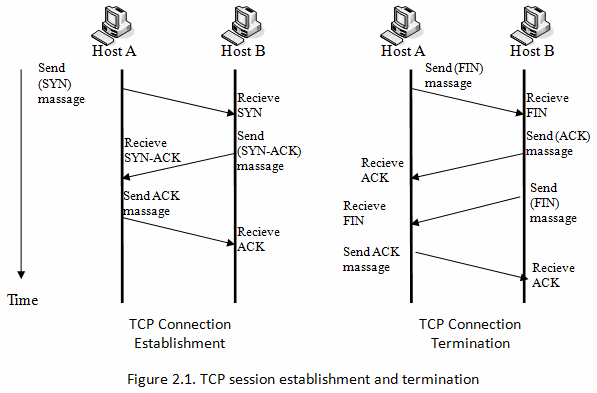
Sudo chown -R username ~/Desktop/Domainname_tun.tblk Sudo cp -p ca.crt dh4096.pem server-domainname.crt server-domainname.key ta.key ~/Desktop/Domainname_tun.tblk The LAN here looks like a router on 10.0.1.1 and a OS X Server on 10.0.1.3.Ĭd ~/Backups/OpenVPN/easy-rsa-tunnelblick/keys tblk directory for your VPN server with all the necessary files. Openssl verify -CAfile ca.crt client-domainname.crtĢC. Openssl verify -CAfile ca.crt server-domainname.crt # Unnecessary if you already signed with. # "server-domainname".This must also match the client configuration # For the server-domainname cert, use the default common name # otherwise, there will be some X509 error. # Contact email " " must match name in CA # Use the domain name "" for the common name # choose a unique Common Name (CN) for each client # edit script defaults like KEY_CN = Common Name Sudo rsync -va /Applications/Tunnelblick.app/Contents/Resources/easy-rsa-tunnelblick/ ~/Backups/OpenVPN/easy-rsa-tunnelblickĬd ~/Backups/OpenVPN/easy-rsa-tunnelblick Mkdir -p ~/Backups/OpenVPN/easy-rsa-tunnelblick Get Tunnelblick on OS X and configure it.ĢB. I like Macports, so assuming that you've downloaded and installed Xcode from the App Store, installed Macports, run:
#Tunnelblick making tcp connection how to#
Here’s how to build a VPN Server on OS X Mavericks: Integrating OpenVPN access within a working OS X Server firewall provides greater security than OS X Server's default configuration. If you want secure certificate-based VPN between OS X Server and iOS, OpenVPN is the only option.įurthermore, OS X Server has its firewall turned off by default, assuming that the server lives behind the router's firewall and NAT. So if you’re going to use OS X Server’s native VPN service, make sure that you use a really long *random* PSK. This problem is known and will undoubtedly be fixed soon however, the VPN technology used by OS X Server is broken and should be avoided altogether (Microsoft’s PPTP: ("PPTP traffic should be considered unencrypted"), or is under a cloud (L2TP/Ipsec with pre-shared keys and MS-CHAPv2 authentication: "IPSEC-PSK is arguably worse than PPTP ever was for a dictionary-based attack vector"). Why would you want to build your own VPN server when OS X server already comes with a VPN service? First, the latest Server.app version 3 breaks VPN to mobile devices.

This setup will provide a TLS-based VPN server using 4096-bit certificates and UDP port 443, accessible by any OpenVPN client, especially iOS with the OpenVPN app. This post describes a replacement using the now preferred pfctl OpenBSD packet filter, which comes with its own NAT. Previous OpenVPN server configurations on OS X Server rely upon using the now deprecated natd and ipfw to route VPN traffic, and this solution no longer works. Here are notes on how to build an OpenVPN VPN server on OS X Server with Mavericks, pfctl, and Tunnelblick.


 0 kommentar(er)
0 kommentar(er)
